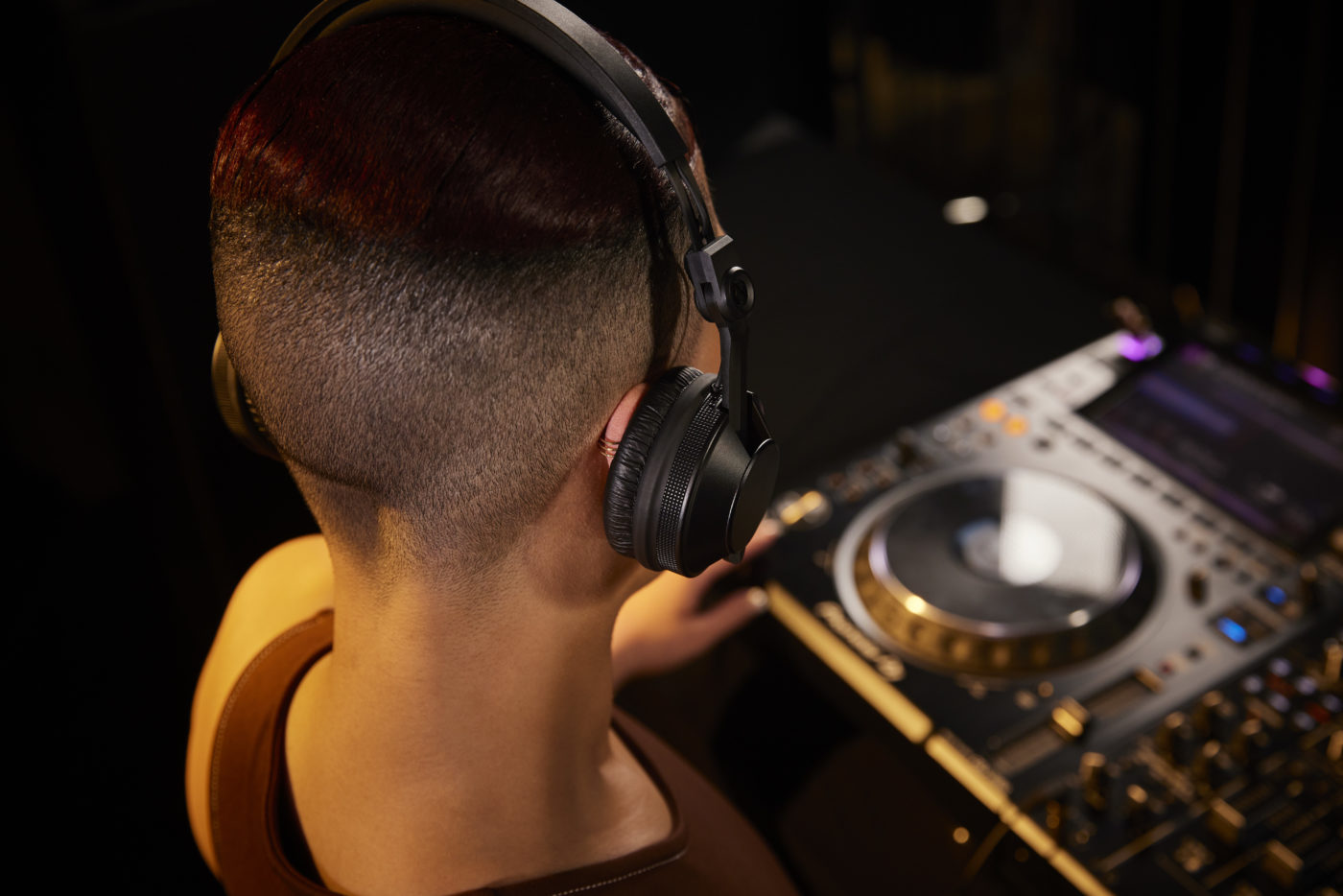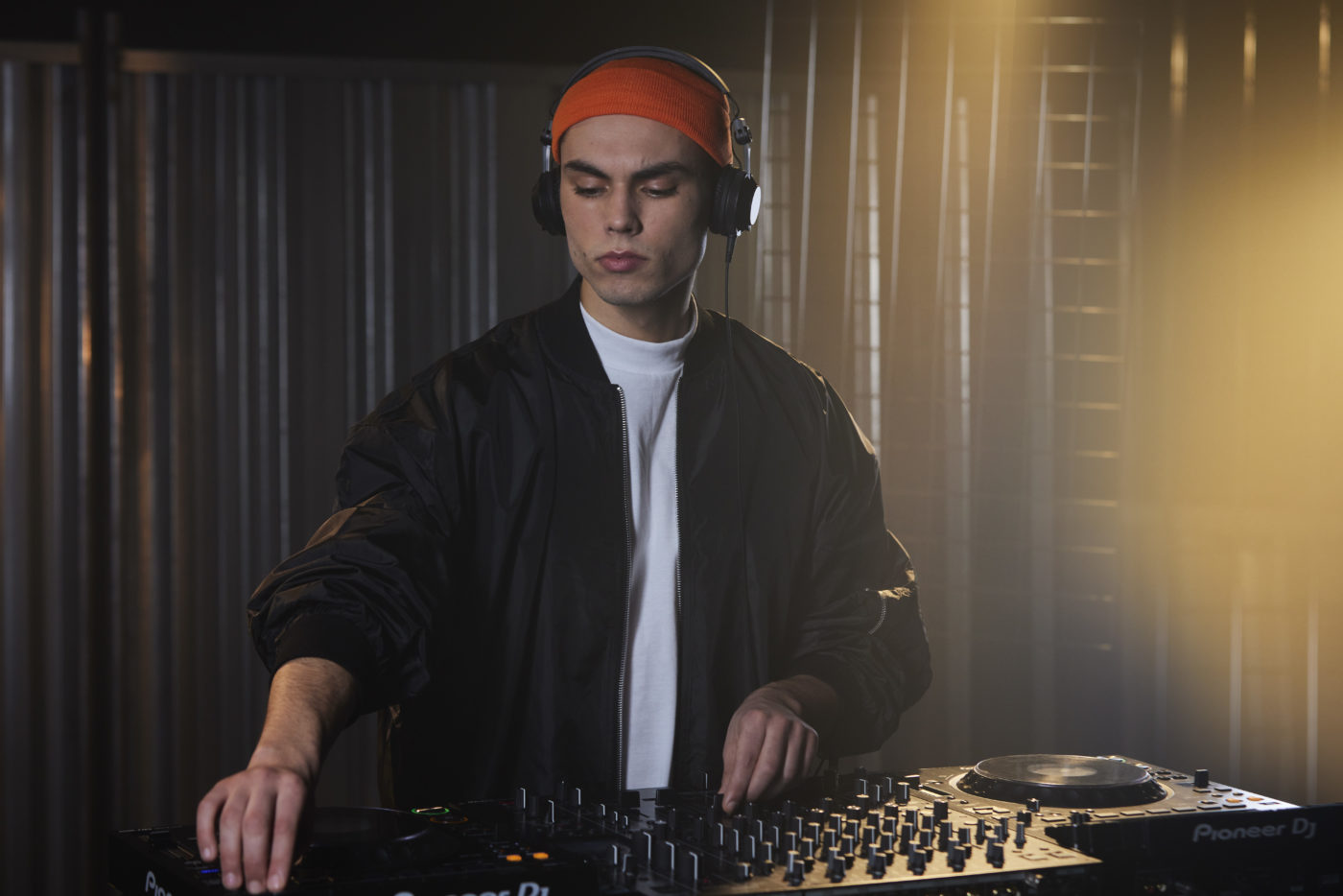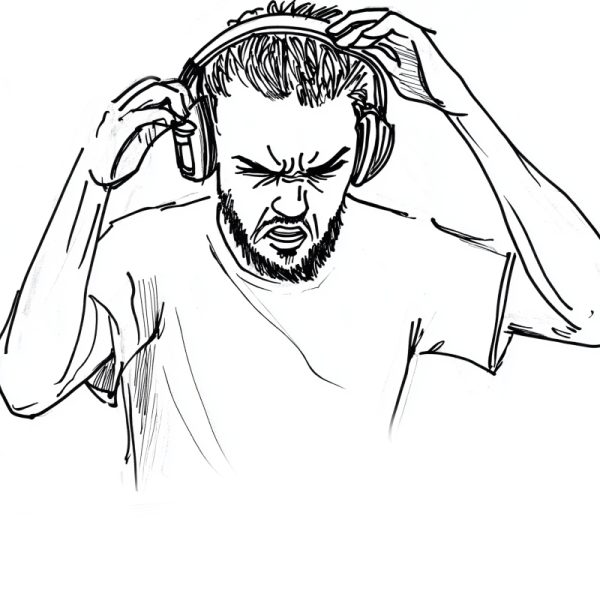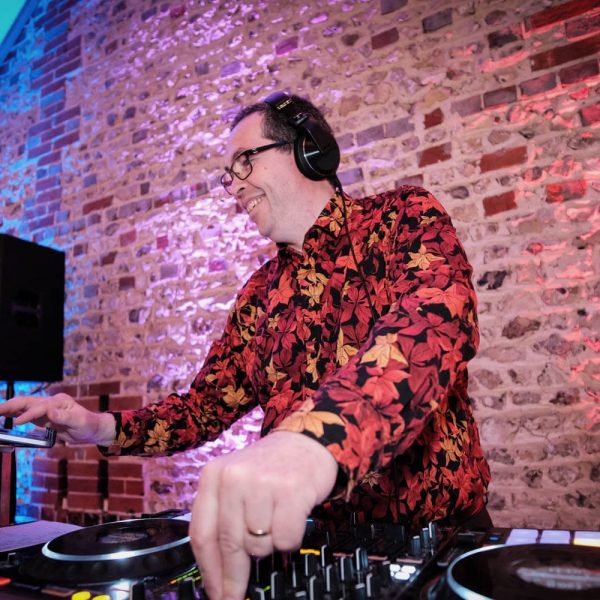Go broader and deeper in your digs
One of the best things about DJing is that you can play literally anything from the entire history of recorded music. The only things holding you back are your methods for finding music, and your own taste, or, more specifically, your biases—that is to say, untested assumptions about what is and isn’t your thing.
Whatever your main methods of finding new music, there will be some you haven’t tried. Try them. Think of an artist you know is good but whose music you don’t really know. Go on Beatport, look them up, organize their tracks from oldest to newest, and check out the samples. Browse Spotify and YouTube playlists of genres you’re curious about. If you haven’t already, spend some time with the Bandcamp Feed.
If you’ve not delved into the physical realm of record shops and Discogs, have a poke around. Even if your setup is purely digital, Discogs lists and comments are a rich resource of crowdsourced recommendations. Same goes for the “new releases” section of many record shops (most of which sell digital files these days anyway). However you find your music, you’ll find more and better tunes by diversifying where you look.
Now, about your taste. Everyone has artists, labels or entire genres of music they feel simply are not for them. This is often true, of course, but not as often as we think. Mysterious factors cause us to make snap judgments that stop us from exploring music we would really love if we gave it a chance.
Say you find music by browsing online shops, but scroll past anything that doesn’t speak to your current tastes, whether because of the artist, the label, the style of music, the look of the artwork, whatever. See what happens if you sample everything in the new arrivals section of an online shop. For sure, you’ll hear a lot of stuff you don’t like, but sooner or later you’re bound to find something you love that would normally slip under your radar. (And hearing music you’d never buy isn’t a waste of time—it will give you valuable perspective on what’s out there and what other people are playing.)
Even if you don’t fancy yourself to be an eclectic DJ, digging broader and deeper will breathe new life into your sets. A DJ is nothing without good tunes, and the wider you cast your net, the more good tunes you’ll snag.






